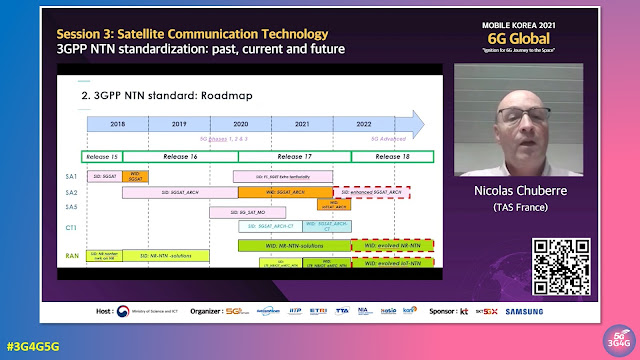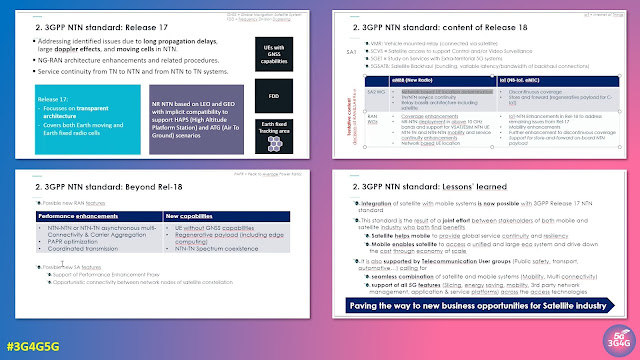In early December 2021, 3GPP reached a consensus on the scope of 5G NR Release-18. With the 3GPP Rel-17 functional freeze set for March 2022, Release-18 work is moving into focus. This is being billed as a significant milestone marking the beginning of 5G Advanced — the second wave of wireless innovations that will fulfil the 5G vision. Release 18 is expected to build on the solid foundation set by 3GPP Releases 15, 16, and 17, and it sets the longer-term evolution direction of 5G and beyond.
The 3GPP Release-18 page has a concise summary of all that you need to know, including the timeline. For anyone interested in going through features one-by-one, start navigating from here, select Rel-18 from the top.
New white paper from Nokia, "5G-Advanced: Expanding 5G for the connected world" - https://t.co/7HADpzHhAS #Free5Gtraining #3G4G5G #3GPP #Release18 #5G #5GAdvanced #5GTechnology #5GNetworks #5Gexperience #5Gextension #5Gexpansion #OperationalExcellence #XR #WWC #NetworkSlicing pic.twitter.com/6CYyKPp1Ff
— Free 5G Training (@5Gtraining) January 21, 2022
For others who may be more interested in summary rather than a lot of details, here are some good links to navigate:
- Nokia whitepaper - 5G-Advanced: Expanding 5G for the connected world (link)
- Paper by Ericsson researcher, Xingqin Lin, 'An Overview of 5G Advanced Evolution in 3GPP Release 18' (link)
- Marcin Dryjański, Rimedo Labs - 3GPP Rel-18: 5G-Advanced RAN Features (link)
- Bevin Fletcher, FierceWireless: Next 3GPP standard tees up 5G Advanced (link)
As always, Qualcomm has a fantastic summary of 5G evolution and features in 3GPP Release-18 on their page here. The image above nicely shows the evolution of 5G from Release-15 all the way to Release-18. The image below shows a summary of 3GPP Release-18, 5G-Advanced features.
They also hosted a webinar with RCR wireless. The webinar is embedded below.
The slides can be downloaded from GSA website (account required, free to register) here.
Related Posts:
- The 3G4G Blog: Will Wi-Fi Help 3GPP Bring Reliable Connectivity Indoors?
- The 3G4G Blog: 3GPP Presentations from CEATEC Japan 2021
- The 3G4G Blog: 5G-Advanced Flagship Features
- The 3G4G Blog: An Early View of 3GPP Release-18 5G-Advanced Topics
- The 3G4G Blog: 3GPP's 5G-Advanced Workshop Summary
- The 3G4G Blog: 3GPP's 5G-Advanced Technology Evolution from a Network Perspective Whitepaper
- The 3G4G Blog: '5G RAN Release 18 for Industry Verticals' Webinar Highlights
- The 3G4G Blog: 3GPP RAN Plenary Update and Evolution towards 5G-Advanced
- The 3G4G Blog: Initiative to Remove Non-inclusive terms from 3GPP Specifications
- The 3G4G Blog: 3GPP Release 16 Description and Summary of Work Items
- The 3G4G Blog: 3GPP Standards on Edge Computing
- The 3G4G Blog: Artificial Intelligence (AI) / Machine Learning (ML) in 5G Challenge by ITU
- The 3G4G Blog: ITU Standardization Bureau on Machine Learning for 5G
- The 3G4G Blog: Introduction to 5G Reduced Capability (RedCap) Devices
- The 3G4G Blog: 5G eXtended Reality (5G-XR) in 5G System (5GS)
- The 3G4G Blog: Energy Consumption in Mobile Networks and RAN Power Saving Schemes






